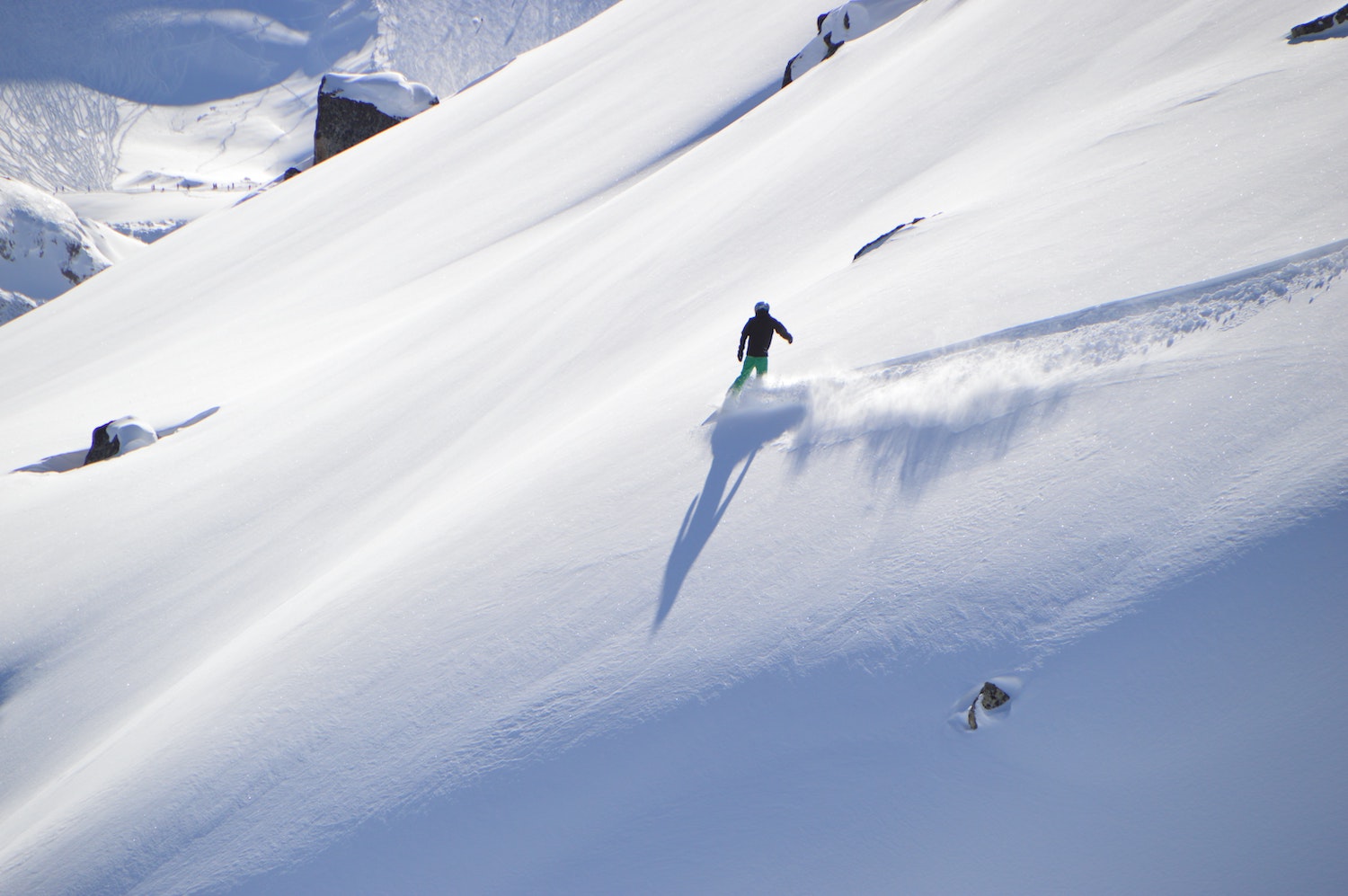The Grand Canyon is one of the world's most popular tourist attractions, welcoming over five million visitors each year. It's a six-million-year-old wonder brimming with impressive geologic features and thriving wildlife. It's the place to be for hiking, rafting, biking, camping, and other outdoor activities.
Which Rim of the Grand Canyon Do You Want to Visit?
The Grand Canyon is a seemingly boundless landscape stretching 277 miles long. Even for experienced travelers, planning a trip here can be overwhelming.
The Grand Canyon is generally divided into four sections: the North Rim, South Rim, West Rim, and East Rim.
The South Rim
The most popular, accessible side of the Grand Canyon, the South Rim is the best choice for families with small children. It offers the ideal climate for outdoor activities and is open year-round for visitors to enjoy.

There are a lot of restaurants, museums, gift shops, hotels, and other facilities nearby. Bus tours and free shuttle services also operate within the park, helping visitors move around conveniently.
Things to Do at the South Rim
- Explore the most exciting hiking trails.
- Go rafting at the nearby Colorado River.
- Drive by Desert View and enjoy the scenic overlooks.
- Watch the sunset at Mather Point, Yavapai Point, or Hopi Point.
- Visit Yavapai Geology Museum to learn more about the Grand Canyon's geologic history.
The North Rim
The North Rim is the colder, more remote counterpart of the ever-popular South Rim. However, visiting it comes with a challenge since it's 1,000 feet higher and 10 degrees colder than the South Rim.
It's open only from mid-May to mid-October every year because of harsh winter conditions.
Things to Do in the North Rim
- Try the 24-mile rim-to-rim hike, an adventure for advanced hikers or to anyone who is prepared enough for a two- to three-day backpacking trip.
- Watch the sunset from Bright Angel Point.
- Stay at Grand Canyon Lodge, the only available lodging in the North Rim/
The West Rim
Grand Canyon West, or simply the West Rim, is located on the Hualapai Native American Reservation, a five-hour drive from the South Rim. It's owned and managed by the Hualapai Tribe, not the Grand Canyon National Park.

In the West Rim, there are smaller crowds even in the summer season, so you can enjoy the marvelous scenery and explore the trails more comfortably. It's the warmest rim all year round.
What to Do in Grand Canyon West
- Go to the Skywalk Bridge, a glass bridge offering astonishing views of the canyon floor.
- Zipline at Hualapai Ranch.
- Prepare for rough terrains and hike at Guano Point.
- Go on a helicopter and pontoon tour.
The East Rim
When people refer to the East Rim, they’re talking about Desert View, a picturesque spot near the Grand Canyon's eastern edge. It's a part of the South Rim.
Apart from exploring this part of the South Rim by foot, people can go on a 23-mile, 35-minute drive along Desert View Drive.
Scenic Viewpoints Along Desert View Drive
- Pipe Creek Vista
- Moran Point
- Navajo Point
- The iconic Desert View Watchtower, Desert View's visitor contact station
- Tusayan Pueblo, or Tusayan Ruins, the remnants of an 800-year-old Native American settlement
When is the Best Time to Go to the Grand Canyon?
Although the beauty of the Grand Canyon knows no seasons, you need to choose the best time depending on your availability and the landscapes you want to see.
Spring
From March to May, visitors can expect long, sunny days, low chances of rainfall, and cooler temperatures.
Don’t forget to wear layers and pack all the essential hiking gear. The first month of March may still experience winter storms, making hiking difficult in some areas. The snowy weather may also lead to road closures, preventing tourists from seeing many parts of the canyon.
Summer
July to August marks the peak of the summer season — the hottest, busiest time of the year. Even with big crowds, this is one of the best times to be in the Grand Canyon, as the North Rim is also fully accessible. It’s best to make reservations in advance.
Expect bright sunny days. However, heavy monsoon rains may come around late August to early September, so it’s crucial to prepare for stormy afternoon hiking trips.

Fall
Fewer crowds, more comfortable temperatures, and stunning foliage grace the Grand Canyon during the fall season. For many, the splash of color and cooler weather make September to early October the ideal months to go day hiking, rafting, and sightseeing.
On the South Rim, backpacking at night around mid-October may seem impossible, as evening temperatures usually drop below freezing.
Winter
A calm and frosty escapade awaits you when you visit the Grand Canyon from December to February. The average daytime temperature in the canyon this time of the year is 40°F and may drop further at night.
The North Rim, accumulating about 140 inches of snow throughout the season, offers limited services due to dangerous icy conditions. Seasoned hikers may still go winter camping in the North Rim by accessing the South Rim’s inner trails, but they need a backcountry permit to be able to push through.
The South Rim and the Grand Canyon West, on the other hand, are open all year round.
From your plane tickets and hotel reservations to restaurants and guided tours, make sure that everything’s set six months to one year before your travel date.
Just by walking into the Grand Canyon, you can chase away your worries and discover more about the natural world. Each visit offers new opportunities to have fun and bask in the wonder of nature. Start planning your new adventure now! No matter the season, you’re in for an unforgettable journey.




